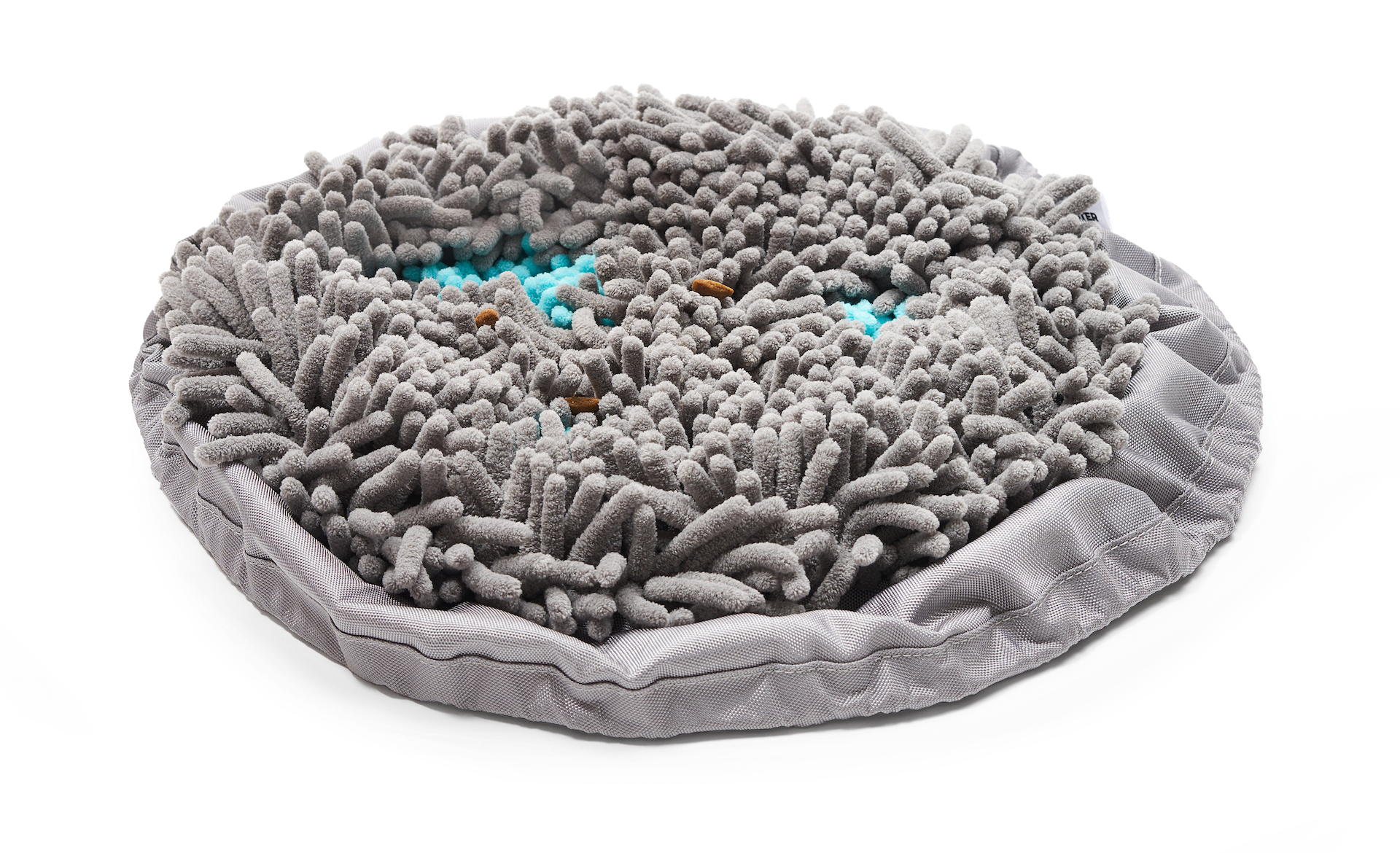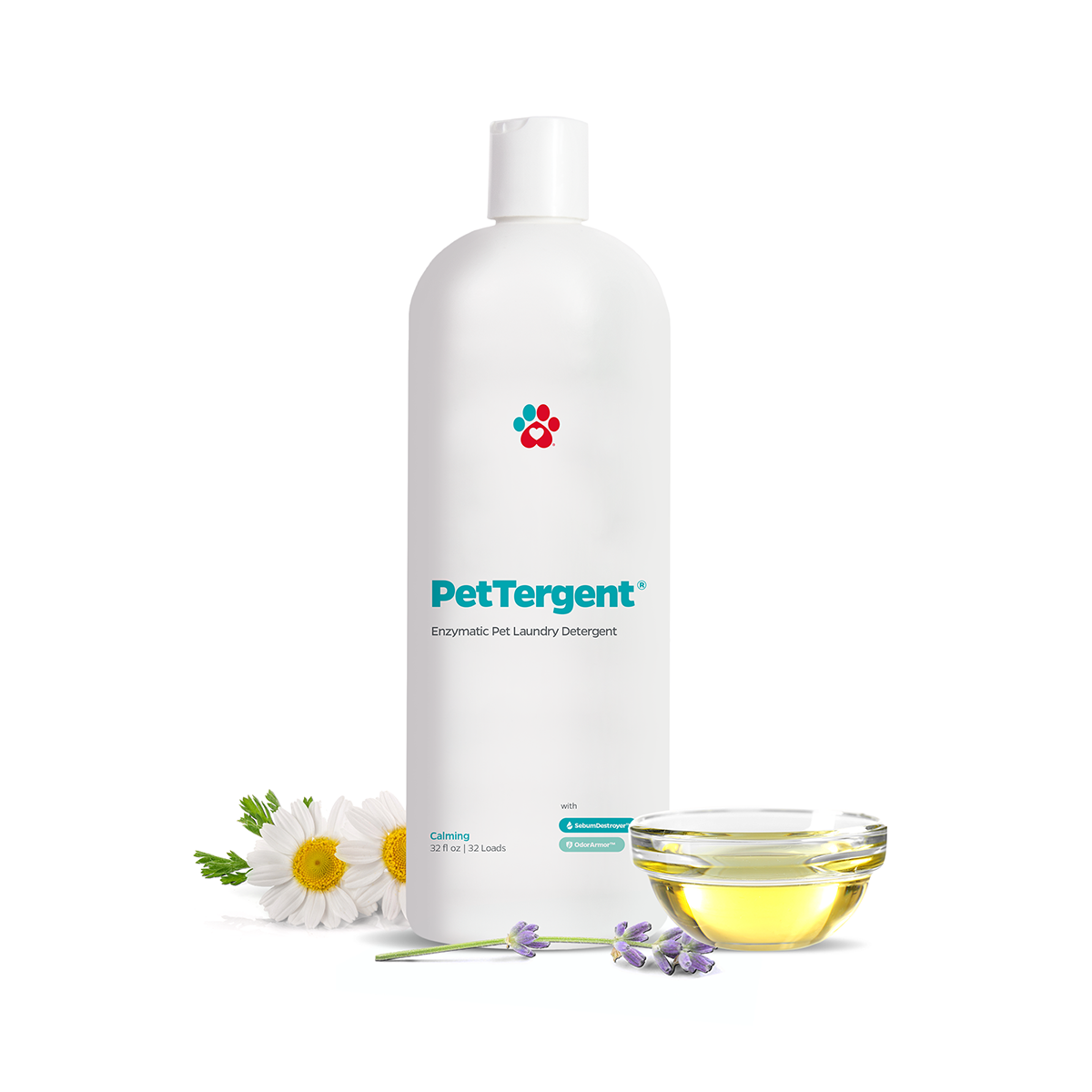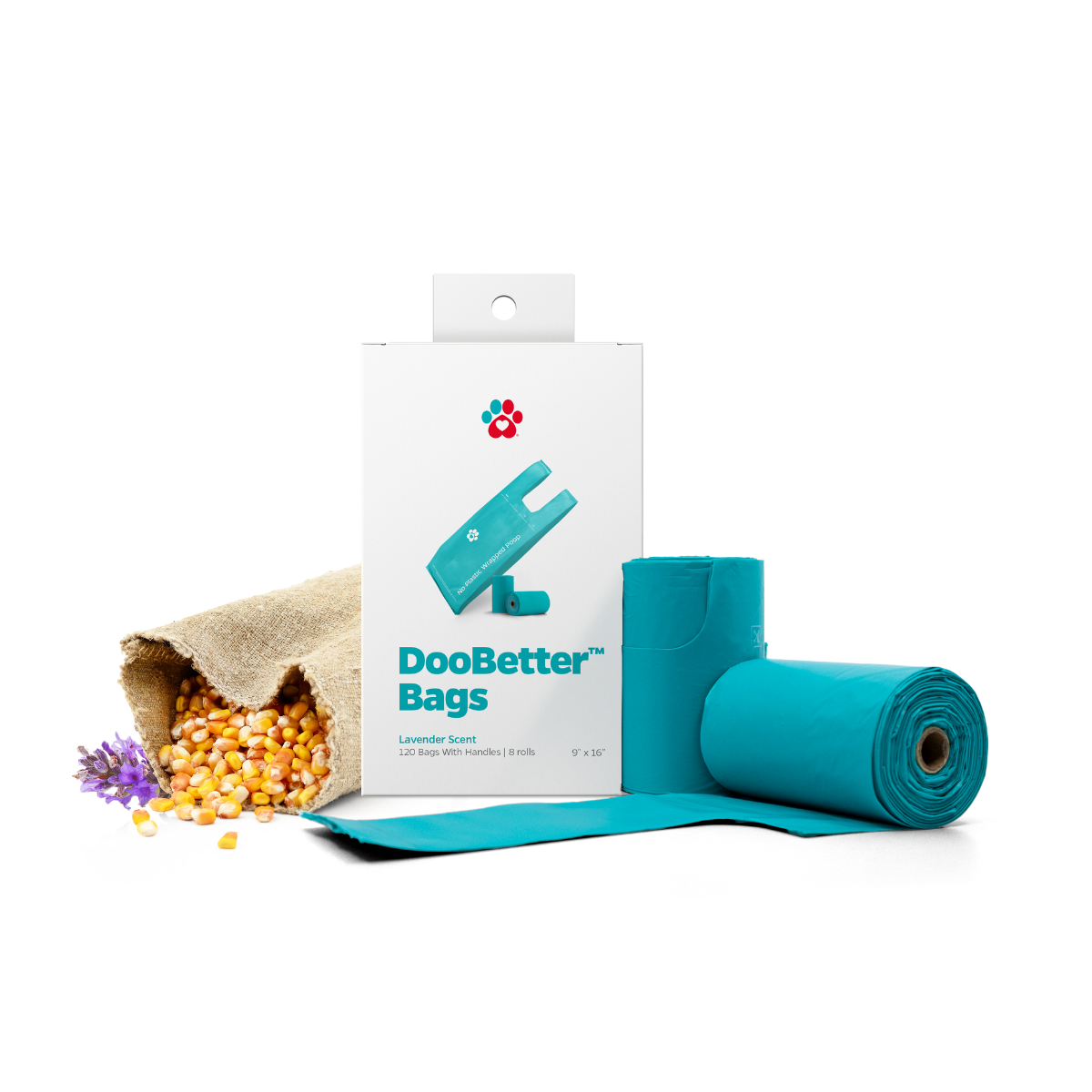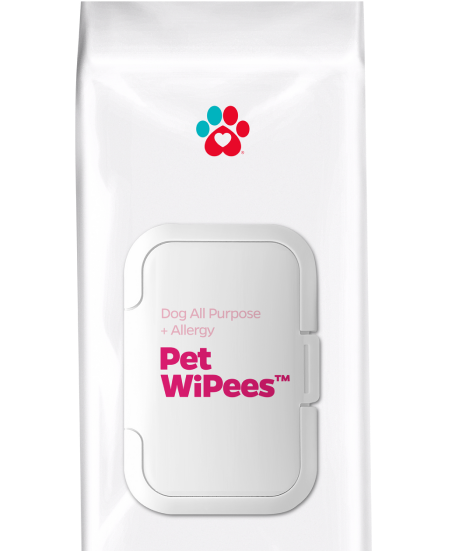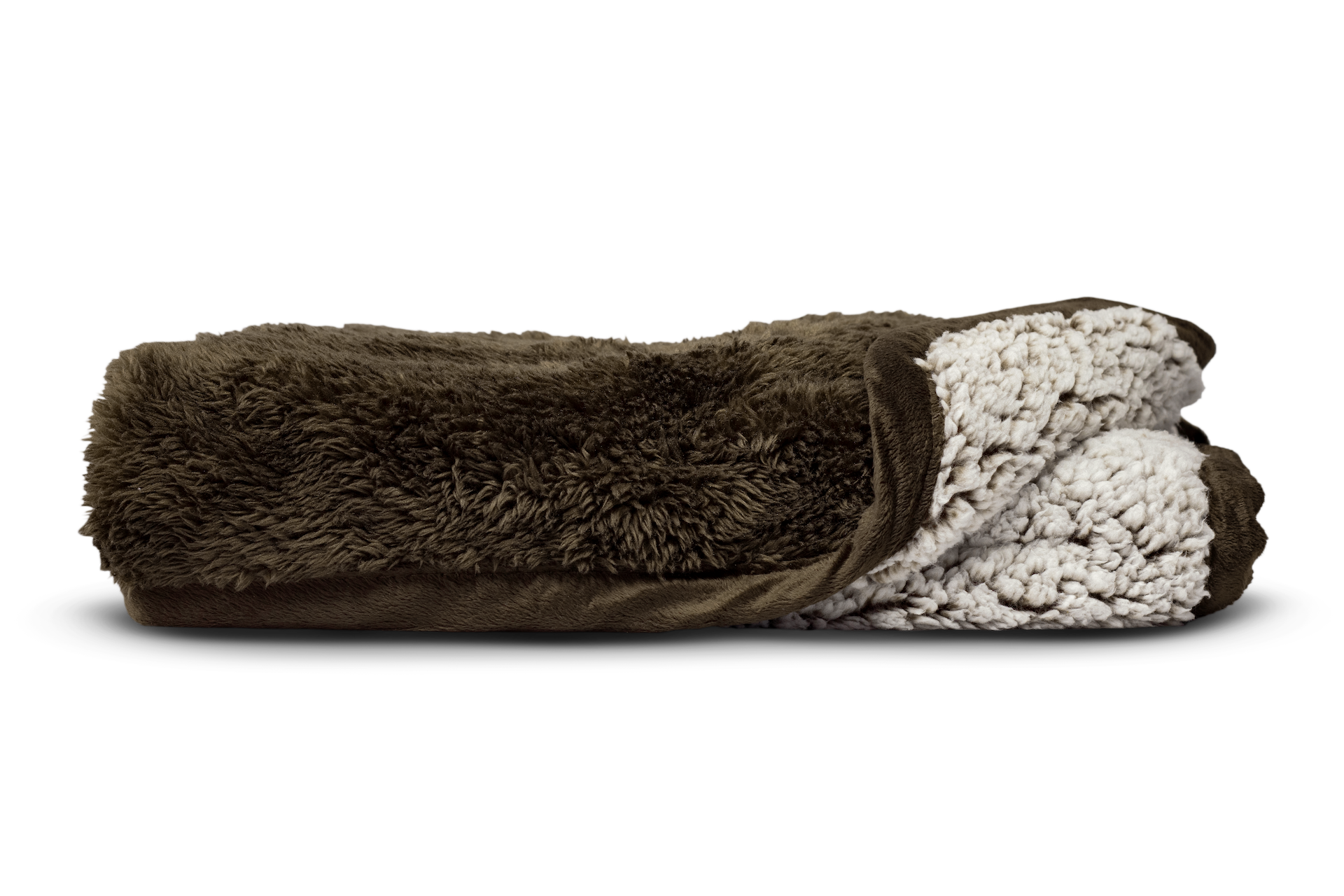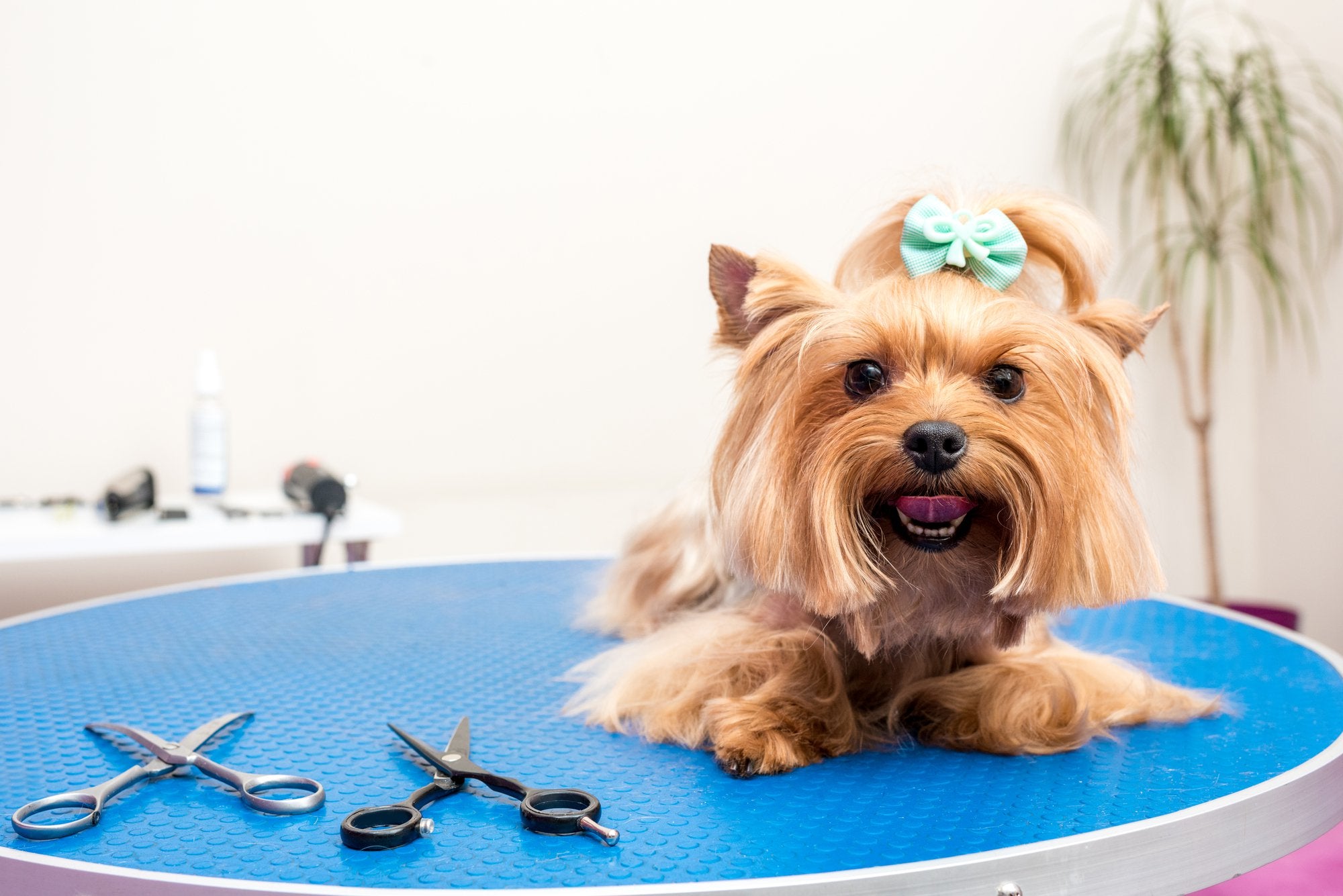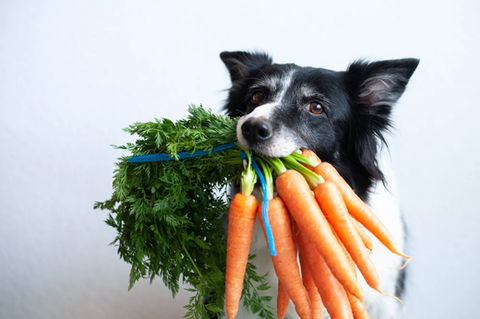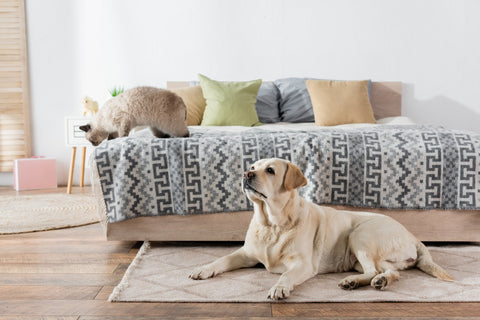As some pet parents have busy lives, dog grooming can seem like a lot to undertake, but it shouldn’t be. This is why we, at Pet Parents®, have come up with a guide to grooming a dog. We’ll go beyond the bath to each part of a grooming routine and share the benefits it provides for you & your dog.

"Factors that determine how often to bathe include coat length and type, allergies, skin conditions, and activity levels."
The Many Benefits of Dog Grooming
Dog grooming is more than just keeping your dog clean. It actually gives you many benefits that not only better your furbaby’s quality of life, but also yours! Dog grooming:
Keeps your dog’s health in check. Dog grooming is a great opportunity to check your furbaby’s body. For example, while you are brushing your dog’s fur, it’s a chance to look for any fleas, ticks, lumps, bruises, rashes, or inflammation. While you are brushing your dog’s teeth, you may be able to notice bad breath or swollen gums.
According to Pet Secure, grooming is one of the ways to find out if something is wrong with your dog. Noticing abnormal changes in your dog will be able to help with early detection of any underlying diseases and prevent them from worsening.
Maintains a clean home. Aside from helping keep your dog neat & tidy, dog grooming also keeps your home clean. Regular bathing and brushing will help decrease shedding on your bed, carpets, couch, and clothes! Regular grooming also helps to prevent that “dog smell” inside your house.
Strengthens your relationship with your furbaby. As you spend one-on-one time grooming your dog, you will have the chance to bond together. Additionally, if you provide your dog a positive grooming experience, their trust in you deepens.
Do’s and Don’ts of Dog Grooming
Here are some of the to-do and not-to-do things in grooming your dog:
DO’s
Groom Regularly
How often should you groom a dog? Here are some general guidelines.
Dog’s nails should be trimmed about every 3 to 4 weeks. Overgrown nails can cause some health risks. If your dog’s nails tend to grow fast, it may be even sooner.
Dog’s ears should be cleaned at least once a week. If you notice discharge or an odor when examining the ears, clean more frequently. If your furbaby has floppy ears or is prone to infections, consider daily cleaning. You can clean dog ears with Pet WiPees™ Ear Wipes, which safe for every day use and help prevent the buildup of yeast to avoid infections.
Dog’s teeth should be brushed daily, ideally. But generally, they should at least be getting their teeth cleaned twice or three times a week. Make sure that you are using a toothpaste made for dogs.
A dog’s coat should also be brushed daily to allow proper air circulation. Certain breeds will require just a quick brush, while others are prone to matting. Trim the coat when overgrown or matted. Note: never shave double-coated dogs.
Stay Patient
Your dog’s senses are extremely sensitive, so make sure that you are calm and relaxed while you are grooming. If you are nervous or mad, your dog may feel the same way, too! Watch out for any signs of stress, like tail-tucking, trembling, or aggressive behavior.
Ease into it with one task at a time. If your dog begins to panic, take a break. As you groom more often, your dog will get used to it. If they behave well, give them lots of praise and rewards throughout. Positive reinforcement is a powerful tool for shaping your dog's behavior towards grooming, making your dog more likely to repeat their good behavior.
Use Appropriate and Safe Grooming Equipment
It’s very necessary that you use the right and safe grooming equipment and products. You just don’t brush your dog’s fur with any brush. The type of brush you must use will greatly depend on the type of fur and skin type your dog has. Likewise, the nail clippers, trimmers, scissors, toothbrushes, etc. you use for your dog must all be made specifically for dogs—not humans! Do your research or give your vet a call about the right equipment for your dog’s breed and circumstances.
Be Attentive to Long-haired Breeds’ Maintenance
Long hair, don’t care? This is not the case with long-haired dog breed, like a Maltese, Golden Retriever, Shih Tzu, Siberian Husky, or Old English Sheepdog. Long-haired dogs can easily develop mats on different body parts, particularly behind the legs, ears, and on the abdomen. Matting can cause skin problems as well as discomfort.
With any coat length, make it a habit to constantly check on your dog’s coat and do regular bathing, brushing, and trimming. To help maintain a healthy coat, provide Pet Parents® Skin & Coat SoftSupps®. These Omega 3 soft chews help promote a healthy coat & skin and offer antioxidant support. Pet Parents® Skin & Coat SoftSupps® are made with branded ‘Super Ingredients’, like Epax® world leader in Omega-3 & a pure form of fish oil rich in EPA & DHA that provides nutritional support for skin and coat health.
Acknowledge Your Dog’s Limits
It’s not just our furbabies that can get stubborn and persistent because we do, too, especially in dog grooming. As pet parents, we want to keep our dogs as clean and as tidy as possible. But, despite our good intentions and efforts, our dogs may refuse to stay still. It’s a good idea to be able to accept your dog’s limitations and not force them to go through the grooming session if they are anxious about it.
DON’Ts
Don’t Rush
What do you get when you groom your dog in a rush? A more anxious dog with potential for cuts, wounds, and injury. If you do not have time to complete a grooming, break it up into sections. Bathing one day, teeth and nails the next, etc.
Don’t Use Scents That Are Not Proven Pet-Safe
Scented dog bath soaps and shampoos may cause irritation to your dog’s skin and nose. It is better if you opt to use only products that contain vet-approved, pet safe scents or unscented ones. Also, using human hygiene products (like soap, shampoo, conditioner, toothpaste) on your dog is a big no-no! According to the American Kennel Club, many human hygiene products contain xylitol, which is toxic to dogs!
Don’t Bathe Your Dog Too Often
Only give your dog a bath when it is necessary. Most vets suggest that you bathe your dog once every 3 months, while others suggest you bathe them once every month or so. But this also depends on your dog’s circumstances. Factors that determine how often to bathe include coat length and type, allergies, skin conditions, and activity levels.
Your dog will require natural body oils that are produced by the skin to help promote healthy skin and proper hair growth. Giving your dog a bath very often will strip off the skin’s natural oils and may result in skin issues instead.
Rather than giving a bath every time they encounter a little bit of dirt or start to get that “dog smell”, you can use Pet Wipees™ Dog All Purpose + Skin & Coat Wipes. These contain vet-approved, pet safe scents and nourishing ingredients that strengthen the skin and coat. Pet Wipees™ are safe for every day use and help remove pet dander, odors, and dirt all over your dog. Made with no parabens, sulfates, alcohols, or betaine, you can feel confident using these dog wipes for a bathless clean.
Dog Grooming Tips and Tricks
Skin and Coat:
- Offer Pet Parents® Skin & Coat SoftSupps® daily.
- Have your dog undergo allergy testing if you suspect they have allergies.
- Always give your dog a full body brush to help with their deshedding.
- Use Pet WiPees™ Dog All Purpose + Skin & Coat Wipes or Pet WiPees™ Dog All Purpose + Allergy Wipes between baths.
- Keep an eye out for parasites, like fleas and ticks. If you find their presence, consider getting a tick prevention method for your furbaby.
- Use Pet WiPees™ Gland Wipes on your dogs butt to prevent odors from forming and remove bacteria
Dental Care:
- Brush your dog’s teeth daily (or at least weekly).
- Have your dog undergo an oral exam at vet check-ups.
- Provide Gnawtlers®. These are premium elk and deer antler chews that are good at strengthening your dog’s teeth while stimulating their mind.
- Most diseases happen below the gum line which is hard for you to see. Your vet may recommend a dental cleaning under anesthesia. This process will include scaling (removal of tartar and plaque) and polishing.
Nail Trimming:
- According to CBC Life, one of the key steps in keeping your dog groomed at home is giving them regular nail trims every few weeks.
- Take short walks or quick playtimes on rougher surfaces, like concrete pavements) to help keep your dog’s nails at a healthy length.
- Get your dog used to seeing nail clippers to help minimize any fears when they see it.
Clean Dog Ears:
- Use Pet WiPees™ Ear Wipes to help prevent infections and odors.
- Clean dog ears at least once a week.
- Always clean after contact with water from baths, swimming, etc.
"Dog diapers are made to help you and your furbaby get through the many stages of life together while keeping a clean home and a happy, healthy life."

Dog grooming is one important responsibility a pet parent should never put off. From learning how to clean a dog’s ears to proper dental care, all parts of grooming are essential. Don’t hesitate to consult a professional groomer for tasks you don’t feel comfortable with. There are many ways to groom at home or keep a regular grooming schedule with a professional. Find what works best for you and your furbaby.

